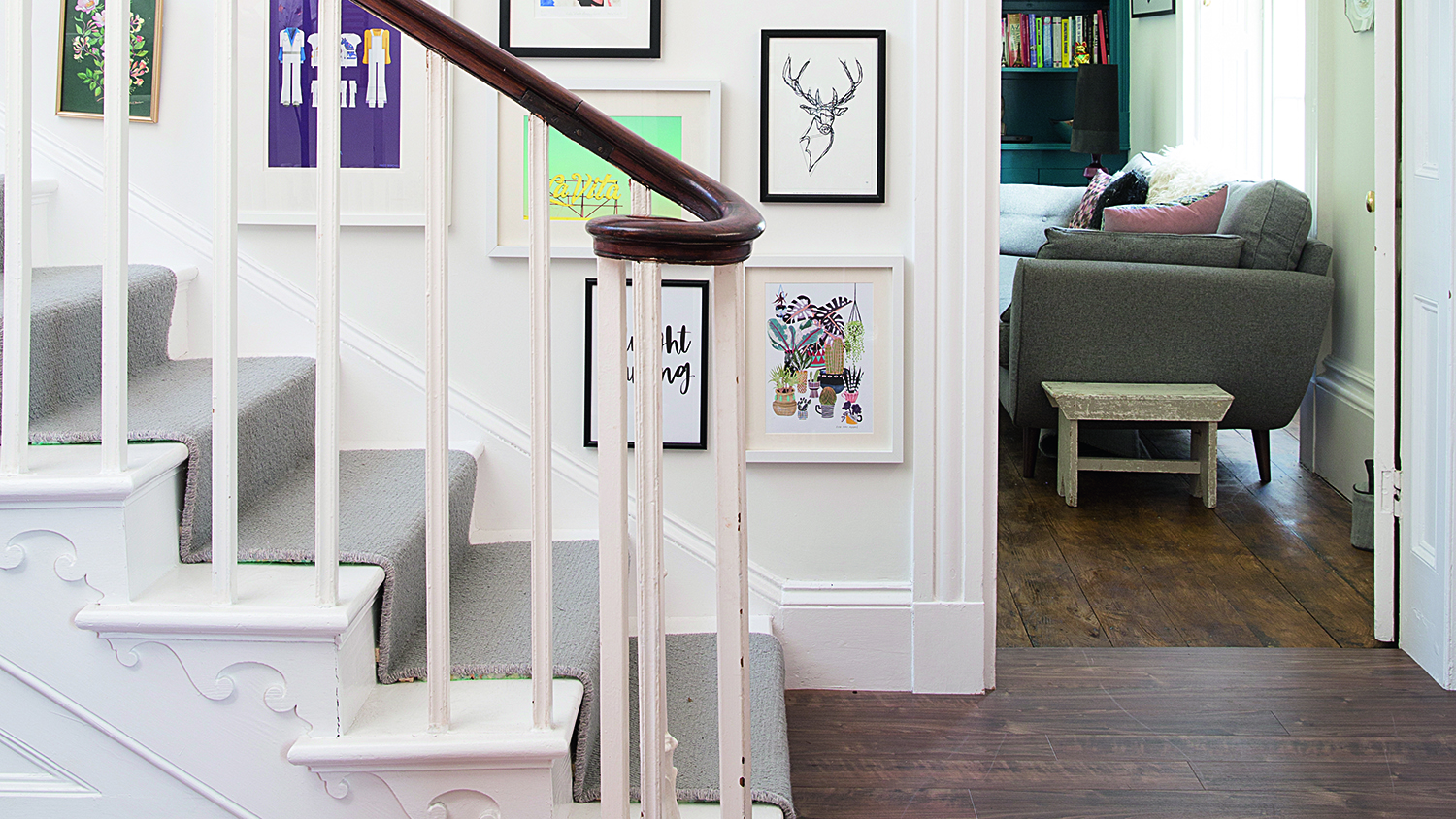How to restore architraves
Find out how to restore architraves and get those characterful corners of your home back in prime condition


If you live in an older home it is like you will need to know how to restore architraves. These are the decorative lengths of wood that face door frames, windows and are often used round the top of a room – think skirting for the ceiling.
Wood moulding like architraves will usually have layers and layers of paint built up on them over the years, causing them to lose definition. They might also have faced some damage over time, needing dents repairing.
Here, we explain how to restore architraves, from stripping the old paint to finishing it to be good as new.
- For advice, inspiration and step-by-steps on all DIY projects, browse our decorating hub
With step-by-step instructions from experienced renovator Sian Astley, this guide and video talk you through how to strip paint from wood to ensure you get it right first time.
You will need:
- Paint stripper
- Small spatula
- Clean paint brush
- Plastic sheeting
- Masking tape
- Medium-sized scraper
- Coarse brush, such as a dish washing brush
1. Prep the architraves
First, you need to wipe away any dust from your woodwork using a damp cloth. If you're working on a door or door frame, either open the door or remove it from its hinges.
2. Apply PeelAway paint removal paste
Using a spatula, apply the specialist paint stripping product for timber, such as Peelaway, to the surface and spread evenly using a brush to reduce wastage and to make sure you get the paste into all areas.
3. Seal with plastic
Lay sections of plastic sheeting to the surface where the stripping product has been applied. Press gently to ensure adhesion.
Get small space home decor ideas, celeb inspiration, DIY tips and more, straight to your inbox!
Top tip: Do a small test patch before tackling the whole area to see how your paint and timber reacts to the specialist paint stripper. This will give you an idea of how long the process will take for your particular architraves and skirtings.
4. Leave overnight
Once applied, leave the area for at least 24 hours and then test a small area to see whether the paint stripper has sufficiently activated and the paint can be removed easily.
5. Scrape away the paint
Using a medium-sized scraper, gently scrape away the set paint stripper and paint. Use a dish washing brush to carefully remove excess. Continue until all paint is removed.
6. Finish the look
Once all the paint has been removed, sand the timber until smooth. Then, apply a primer, undercoat and your chosen paint shade.